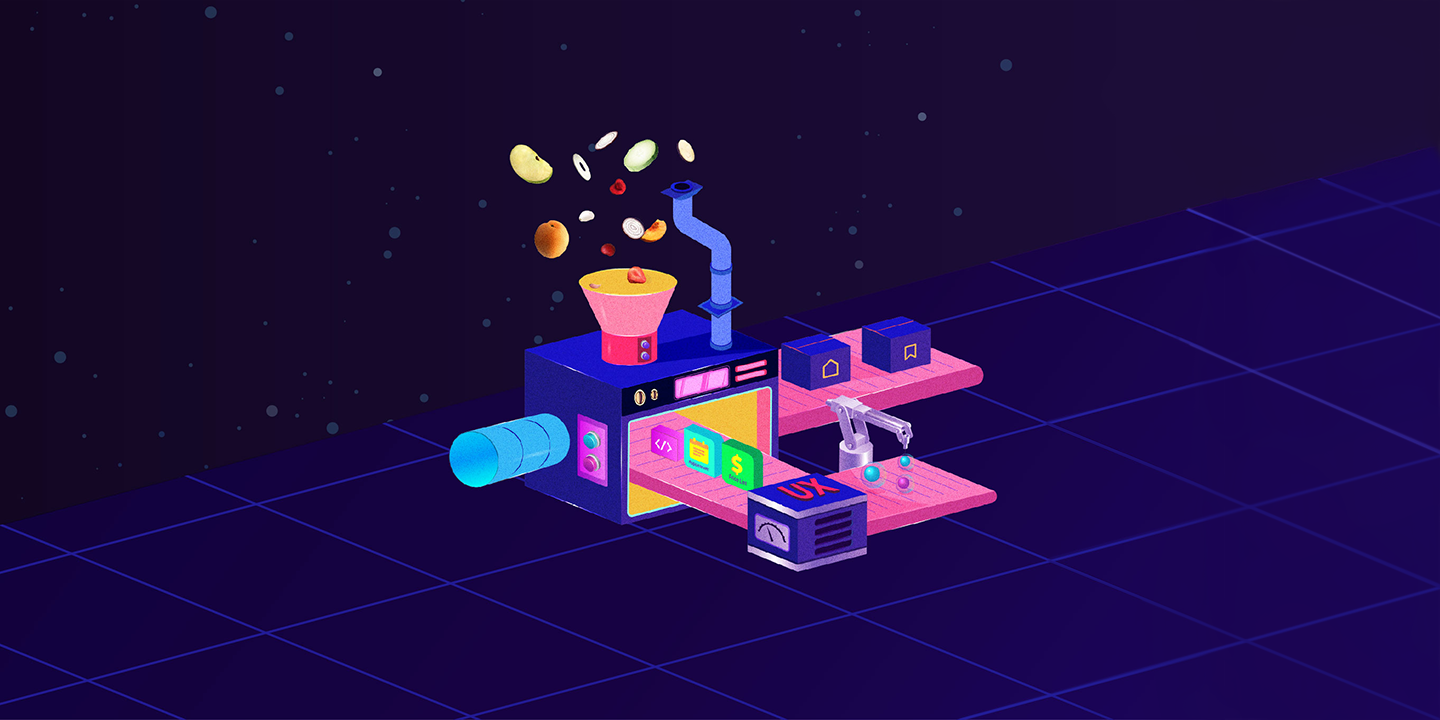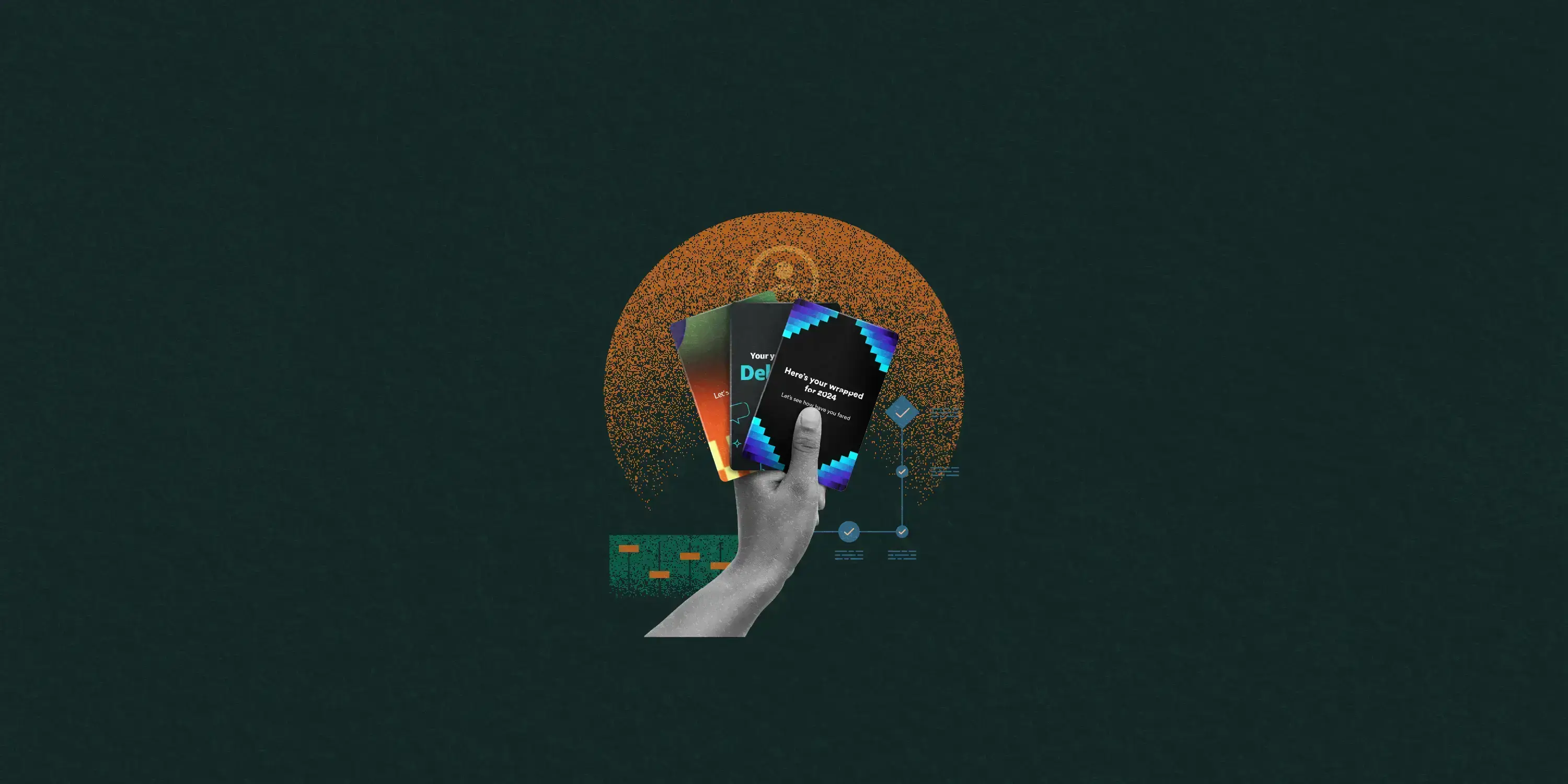Da Vinci's kitchen nightmare: A lesson in UX design
Shraddha Raut
01 Dec 2025

If you had to think about the first User Experience (UX) Design, how far down the years would you go? 19th century? 18th? What if I told you that the first UX design was created around the 15th century?
Though UI is a fairly new term and is only limited to the world of digital, UX has existed long before that because essentially, UX is all about designing products that make the lives of the users easy. The earliest account of a revolutionary, although unsuccessful, attempt at UX design belongs to the master polymath, Leonardo da Vinci. If you know Da Vinci as just the famous painter, it's time you know that he was much more than just an artist. He was often sought out for his technological brilliance - he is known to have conceptualized the designs of flying machines, fighting tanks, and many such inventions.
For this reputation of his, the Duke of Milan once approached Da Vinci for help in the huge feast he was hosting. The idea was to create a system that could inspire fast yet quality work. So Da Vinci came up with 3 systems that could help the cooks do their work in an easy and efficient way. First, he designed a series of conveyor belts that could transport food to the cook faster. Second, he created a large oven that would help them cook the food faster than their average fires. And lastly, he built a sprinkler system in case a large fire broke out (hindsight to the large oven maybe).
Now here comes the lesson in UX and why understanding your user is important. The conveyor belts Da Vinci built were either too slow or too fast; the oven was something the cooks had never used so the food was overcooked or burnt, and finally, the sprinklers ruined the food by sprinkling water all over it. In short, Da Vinci's ambitious designs turned out to be disasters for the users, in this case, the cooks and ultimately the Duke of Milan.
So what's the learning in this infamous Kitchen Nightmare? First and foremost, Da Vinci's thought. He designed all the products by keeping his users' needs in mind, with the thought that these innovations would make their work easier. And even though it backfired spectacularly, he built the foundation that a product should exist to make the life of the user easy.
Second, never ever be afraid to fail. Maybe you have an idea that benefits the user, but you are not sure how to execute it. Well, learn from Da Vinci. Rather than get discouraged by your mistakes, learn to look at them as learnings and figure out what you can do better to improve on it. That's why A/B testing exists and is such an important part of UX design. In this time and age where we have numerous devices at our disposal, getting instant feedback has become extremely easy.
In the race of capitalism, we are forgetting who we design our products for. As designers, we should never lose sight of our end product - that is the user. Da Vinci thought of user experience way before the industrial revolution happened. You can definitely think of it today, when you design, can't you?






